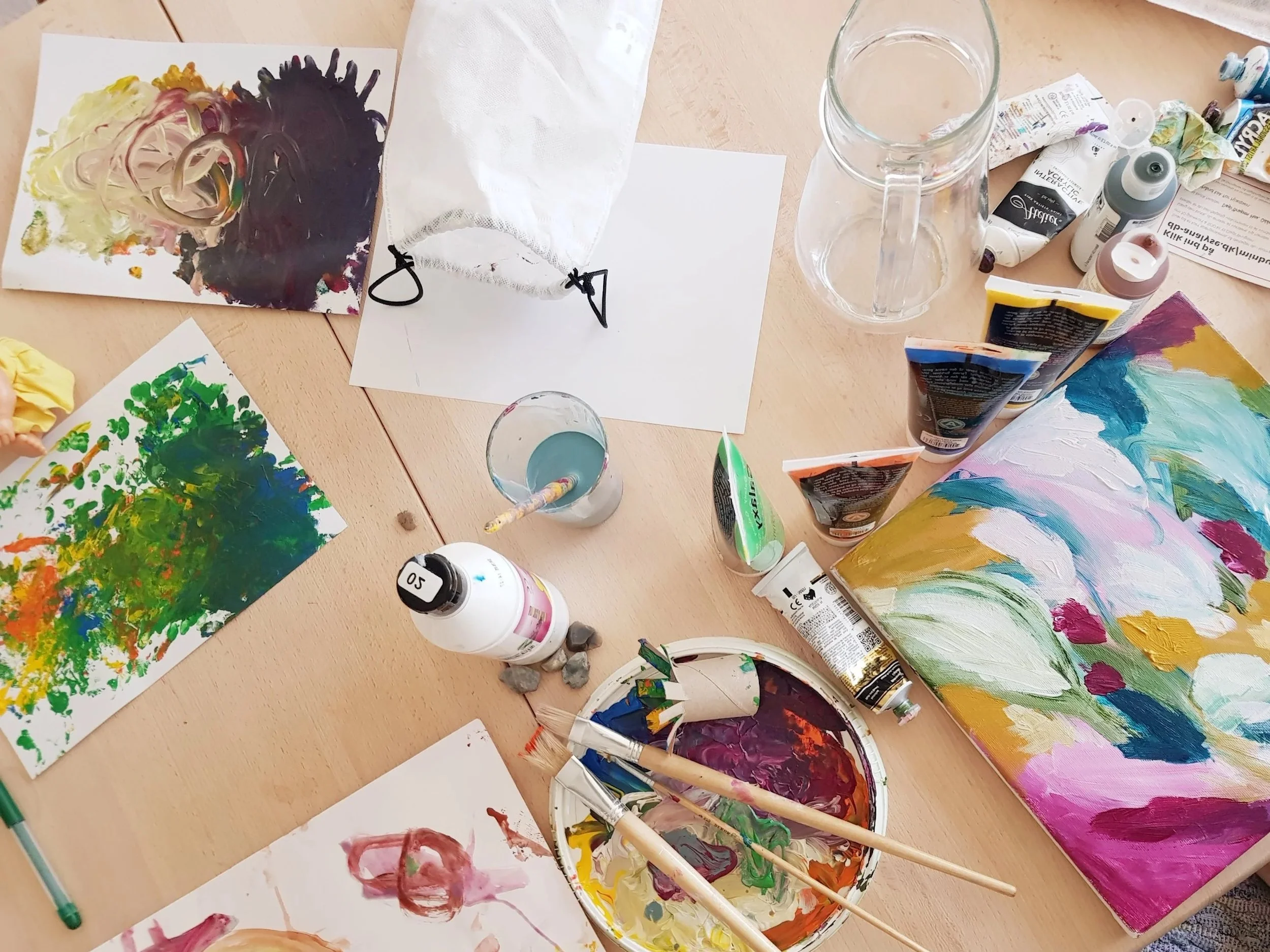Why I love art therapy
When I first heard about art therapy, I was working as an art facilitator at an art and craft day program for people with intellectual disabilities. I was immediately intrigued but also a little perplexed. It felt a little abstract (no pun intended), and I wasn’t sure how it was supposed to help anyone. But I set out to learn more and started my journey to becoming an art therapist. The more I learned, the more it made sense—and it became something I genuinely love and believe in.
Art therapy is a form of psychotherapy that uses art-making as a way to explore feelings, process experiences, and support healing. And here's the best part: you don’t need to be an artist. You don’t even need to know how to draw, paint, or sculpt anything impressive. All you need is curiosity and a willingness to engage with the process.
For many people—myself included—finding the right words to describe what’s going on inside can be really difficult. Sometimes it’s because the emotions are too overwhelming. Other times, we just don’t have the vocabulary. That’s where art steps in. It bypasses language and taps into something deeper, more instinctual. A colour, a shape, a messy scribble across a page—they can all express things that words can’t quite capture.
Art therapy can be especially powerful for people who struggle with anxiety, trauma, depression, grief, or cognitive declining illnesses such as dementia. It offers a gentle, often non-threatening way to approach tough topics. There's no pressure to explain everything. You can let the art do some (or all) of the talking.
I have seen how transformative it can be to create something with your hands and then step back and look at it— to see your emotions laid out in front of you. Sometimes it’s confronting. Sometimes it’s comforting. But it’s always revealing.
Whether you're working with clay, collage, watercolours, or just a plain old pencil and paper, the process of making art with intention (and sometimes without any intention) can open doors you didn’t even realise were shut.
So if you’ve ever felt stuck in talk therapy, or if you’re just looking for a new way to connect with yourself, I can’t recommend art therapy enough. No talent required—just an open mind.
